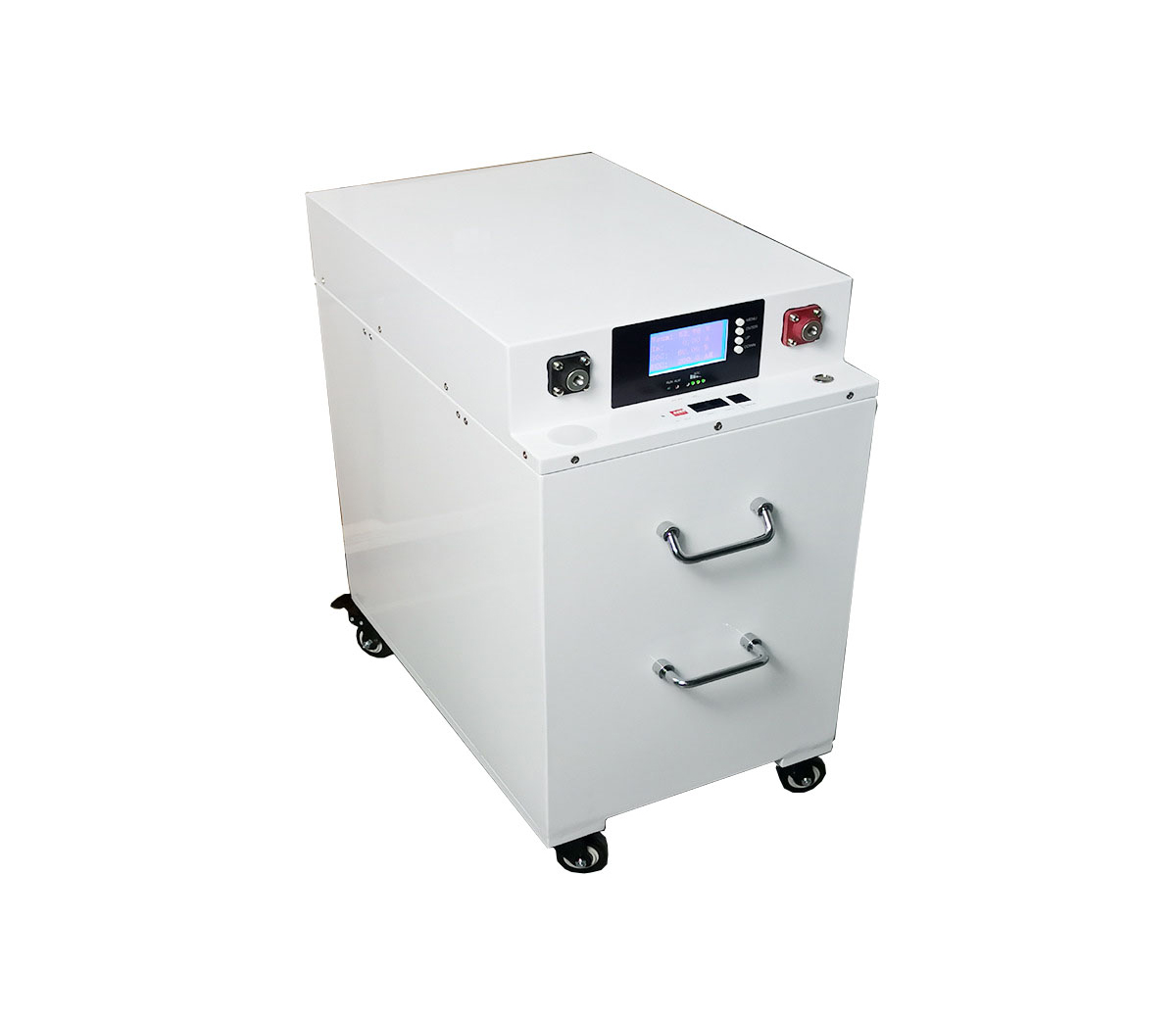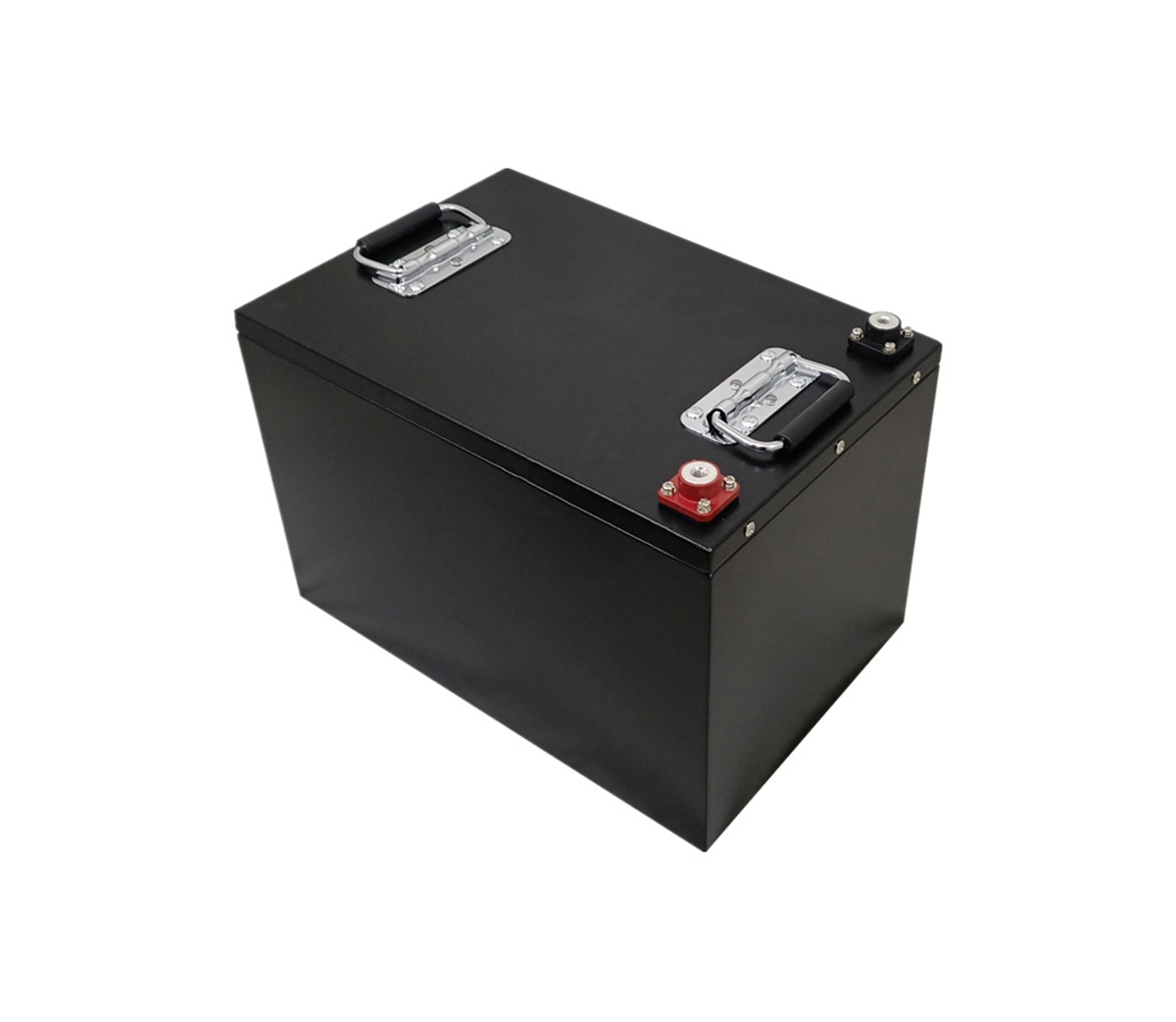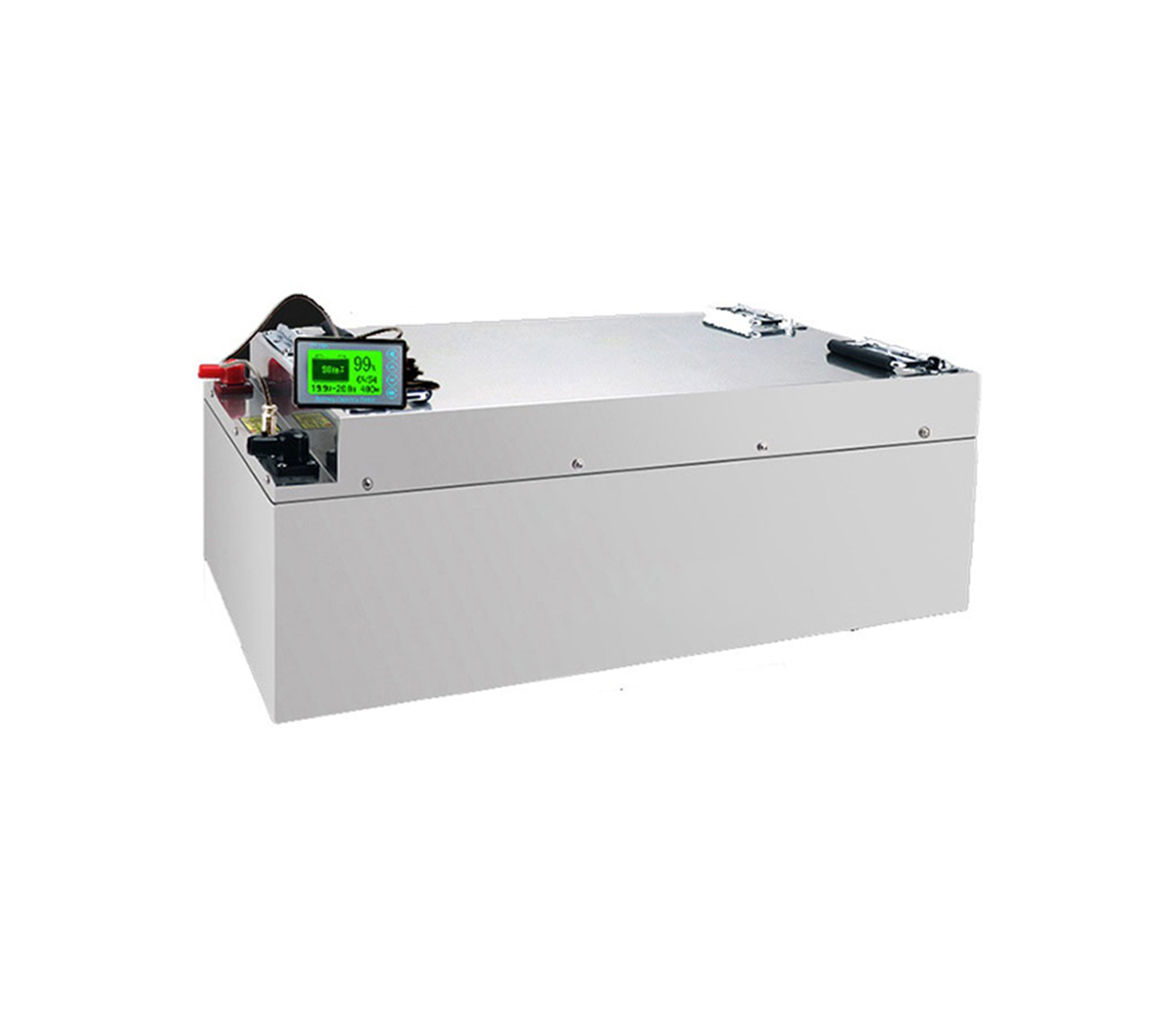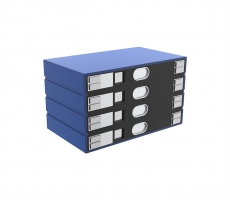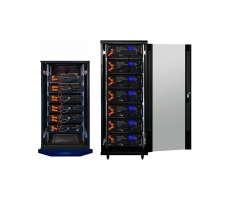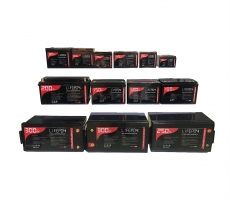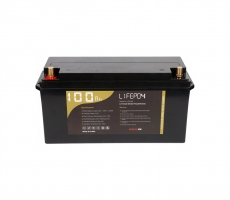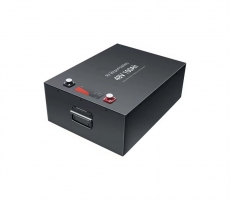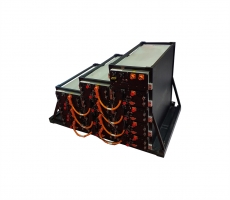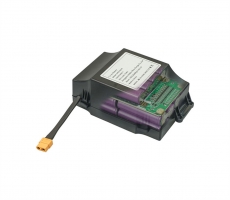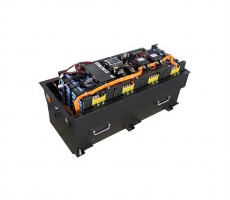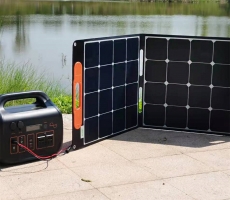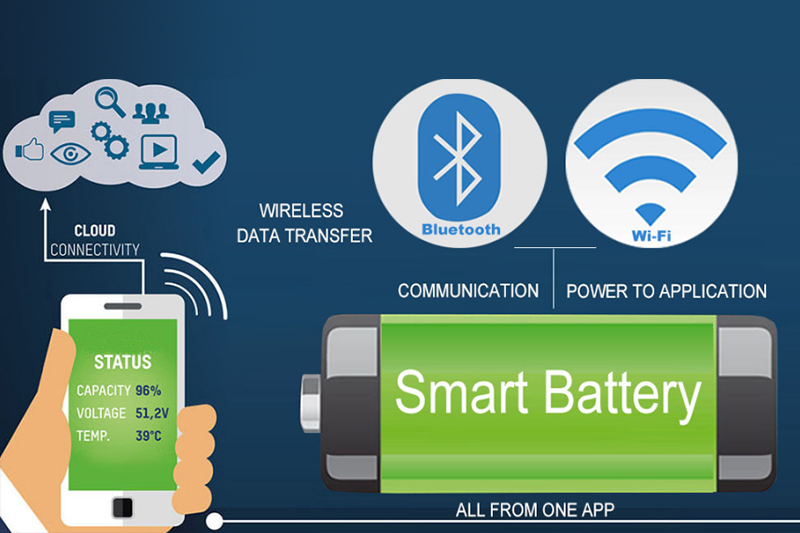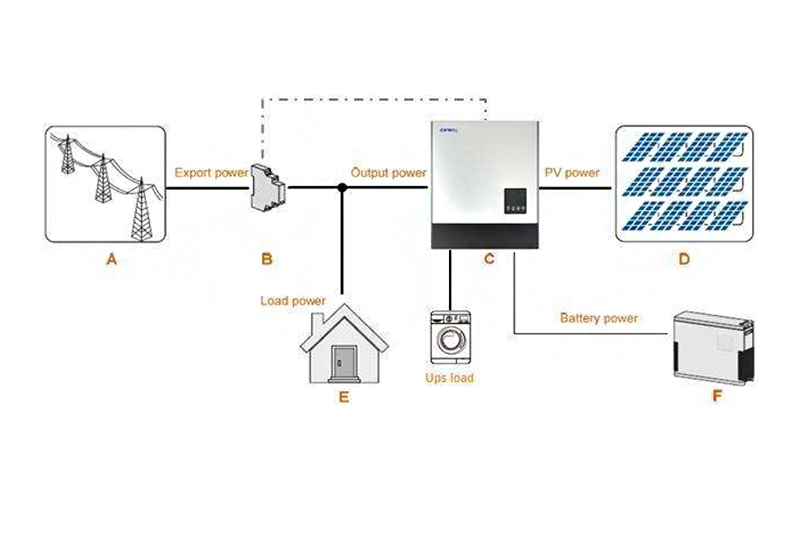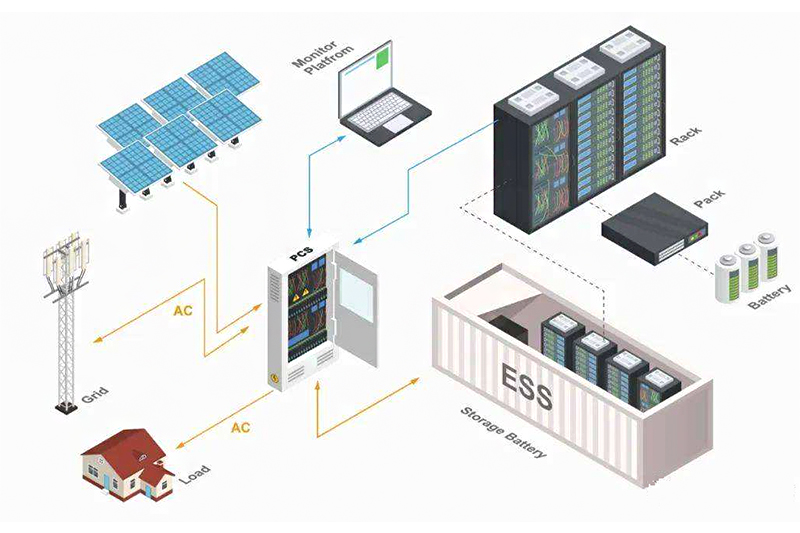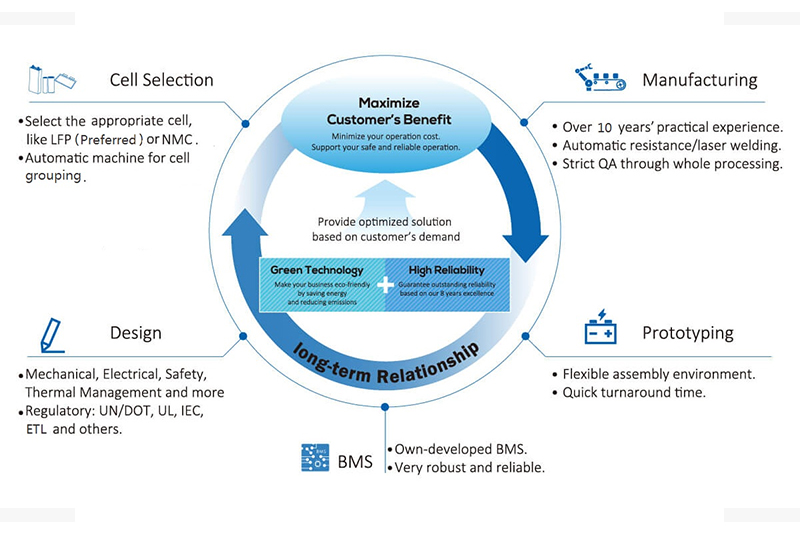Briefly discuss the characteristics and application fields of sodium ion
batteries
After CATL released a sodium ion battery that can be truly industrialized,
people from all walks of life are very interested in this rechargeable battery
using a new type of cathode material. Let's briefly talk about the
characteristics and application areas of sodium ion batteries.
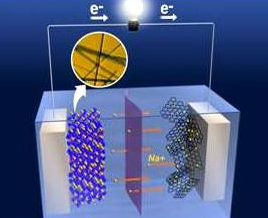
A: In terms of battery capacity performance, sodium ion is higher than
lead-acid battery and lower than lithium iron phosphate battery
Similar to the working principle of lithium-ion batteries, sodium-ion
batteries mainly rely on the movement of sodium ions between the positive
electrode and the negative electrode. This is the mainstream secondary battery
technology currently on the market.
At present, the main competitive products in the sodium-ion battery
industry are lithium manganate batteries, lithium iron phosphate batteries,
lead-acid batteries, and cascaded lithium batteries. By calculating the
difference in energy density between the positive and negative electrodes of
sodium ions, it can be concluded that under the same technical conditions, the
energy density of sodium ions is about 0.7-0.8 times that of lithium manganate
batteries and lithium iron phosphate batteries.
PS: Energy density refers to the amount of energy stored in a certain space
or mass material. It is used to measure the most suitable battery and compare
the amount of electricity stored by a battery per unit volume.
B: From the perspective of battery cycle life, sodium ion batteries are
much higher than lead-acid batteries, but lower than lithium iron phosphate
batteries
In the industry, the cycle life is generally calculated by the number of
cycles of full charge and discharge of the battery. In the process of use, an
irreversible electrochemical reaction occurs inside the battery, which leads to
a decrease in capacity, such as the decomposition of the electrolyte, the loss
of active materials, the collapse of the positive and negative structures, and
so on.
At present, the cycle life of sodium-ion batteries is much higher than that
of lead-acid batteries, but there is still a gap between lithium batteries. At
the same time, the self-discharge ratio is relatively high, reaching
5%/month.
C: From the perspective of battery safety, sodium ion batteries have better
thermal stability
There are frequent fire accidents of lithium batteries worldwide, and
frequent fires of electric vehicles and energy storage. According to incomplete
statistics, there were 32 fires and explosions of energy storage power stations
worldwide from 2011 to 2021, of which 26 accidents used ternary lithium-ion
batteries.
The electrochemical performance of sodium ion batteries is relatively
stable, and the safety test performance is better than that of lithium ion
batteries. At present, the sodium-ion battery has passed the inspection of the
China Automotive Industry Center. It does not emit smoke, fire, or explode
during acupuncture, and does not catch fire or burn when subjected to short
circuit, overcharge, over-discharge, and squeezing experiments. This shows that
sodium ion batteries have better thermal stability.
D: Sodium ion batteries are expected to be used in two fields, energy
storage and power
From the perspective of battery capacity performance, battery cycle life
and battery safety of sodium-ion batteries, sodium-ion batteries are expected to
be used in two fields of energy storage and power in the future:
In the power field, sodium ion batteries will be used in two-wheeled
vehicles and electric vehicles. In the field of two-wheeled vehicles, due to the
relatively low energy density and high safety characteristics of sodium-ion
batteries, it is expected to gradually replace lead-acid batteries. Among them,
electric vehicles are expected to be used in conjunction with an integrated
system of sodium-ion batteries and lithium-ion batteries.
In the field of energy storage, it is the consensus of governments around
the world to explore and carry out research and demonstration applications of
hydrogen storage, heat storage and other innovative energy storage technologies
based on demand. Therefore, under the impetus of policies, sodium ion batteries
are expected to accelerate their application in energy storage on the grid side,
power consumption side and power generation side.
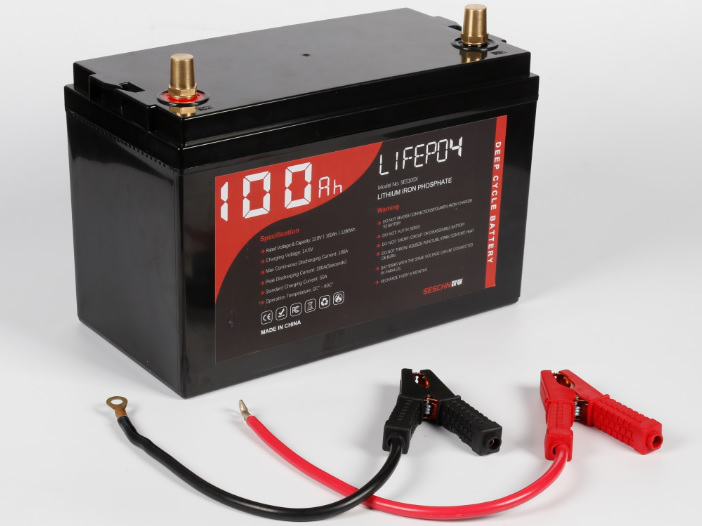
Lithium-ion battery (LIB) has become the main energy storage solution in
modern social life. Among them, lithium iron phosphate batteries are a perfect
replacement for lead-acid batteries, and they are the first choice for
grid-connected peak shaving, off-grid energy storage, photovoltaic energy
storage, UPS, data center and other industries.











